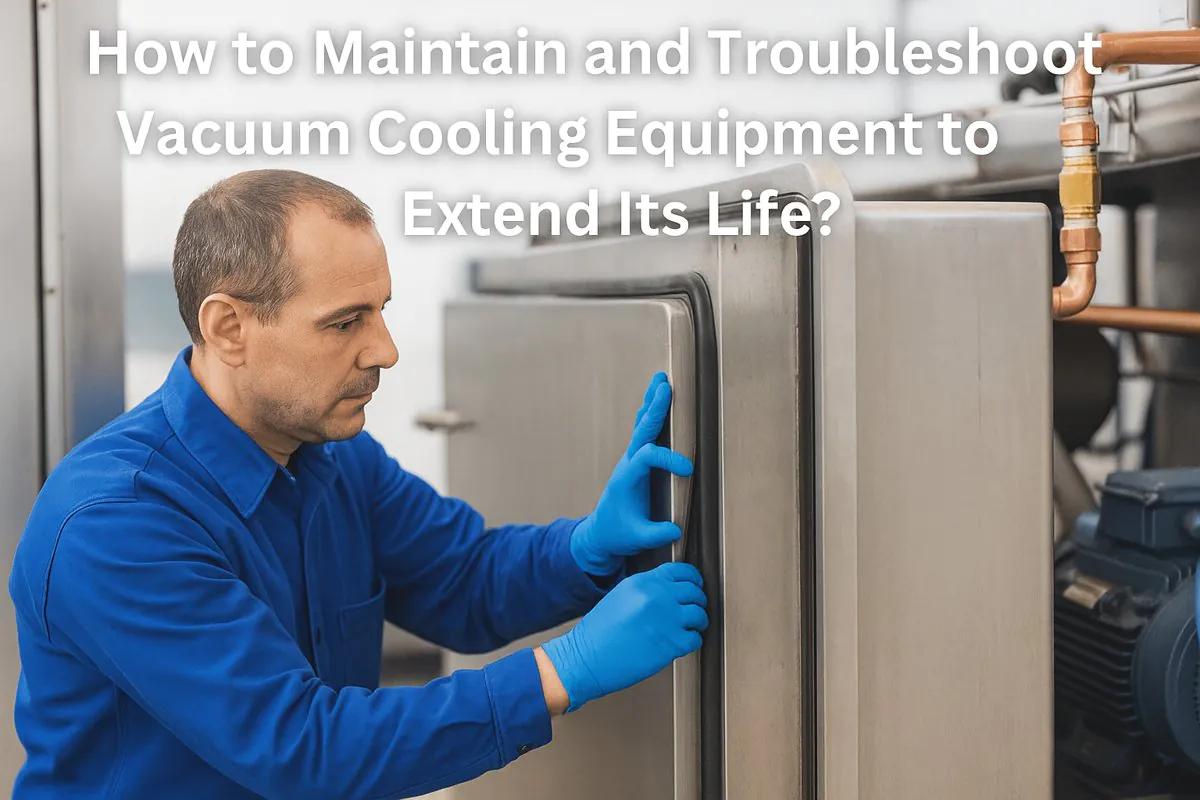
How to Maintain and Troubleshoot Vacuum Cooling Equipment to Extend Its Life?
Has equipment breakdown during peak seasons cost you dearly? Neglecting regular maintenance often leads to unexpected and costly downtime.
Effective maintenance and prompt troubleshooting of vacuum cooling equipment greatly extend its service life, maintain performance, and minimize costly disruptions.
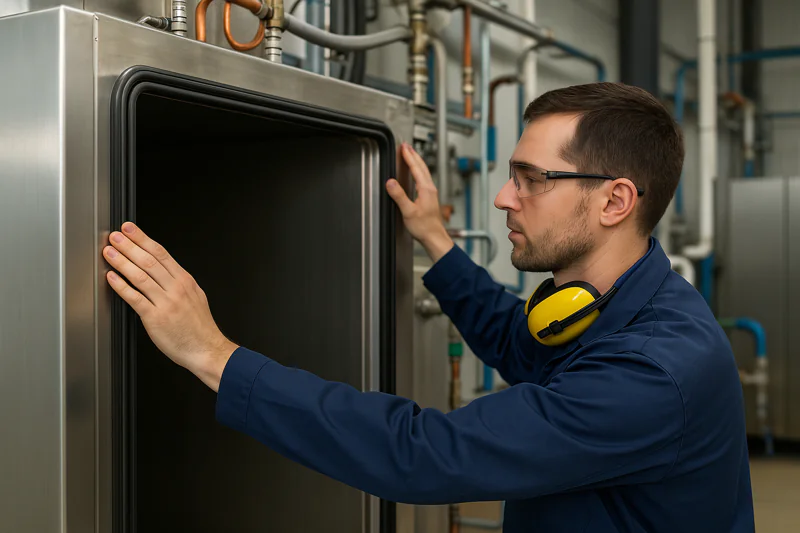
I’ll share practical tips and insights from my personal experience to help you keep your vacuum cooler in top shape.
Why Does Daily Inspection Matter for Vacuum Coolers?
Ever overlooked daily maintenance and faced an unexpected failure? Small daily oversights often cause major issues later.
Daily inspections, including checking door seals and vacuum pumps, prevent minor issues from escalating, ensuring your cooler runs efficiently each day.
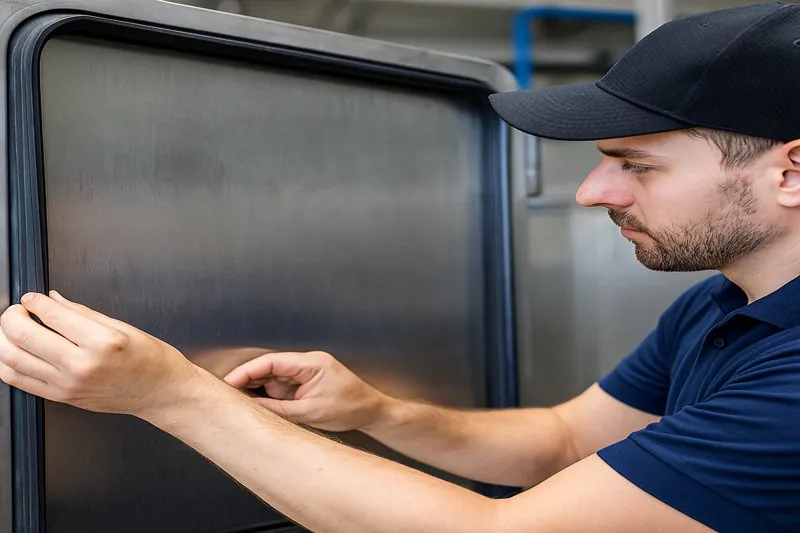
Dive Deeper into Daily Inspections
Routine daily checks save considerable trouble in the long run. I always emphasize this to our clients.
Essential Daily Inspection Checklist
| Task | Why Important | Time Required |
|---|---|---|
| Inspect door seals1 | Avoid vacuum leaks | 3 minutes |
| Clean door seals1 | Prevent contamination | 2 minutes |
| Listen to pump sounds | Early fault detection | 2 minutes |
Door seals directly impact vacuum efficiency. I once discovered a worn seal early during a daily check, avoiding extensive downtime. Regular cleaning prevents debris buildup that can impair sealing effectiveness. Listening carefully to vacuum pump sounds2 each day helps identify early signs of wear or lubrication issues, enabling swift corrective action before problems escalate.
What Weekly Maintenance Keeps Your Vacuum Cooler Efficient?
Do you skip weekly checks, thinking they’re unnecessary? Ignoring them steadily decreases your equipment’s efficiency.
Weekly maintenance like cleaning water filters and inspecting water circulation ensures optimal cooling and prevents sudden malfunctions.
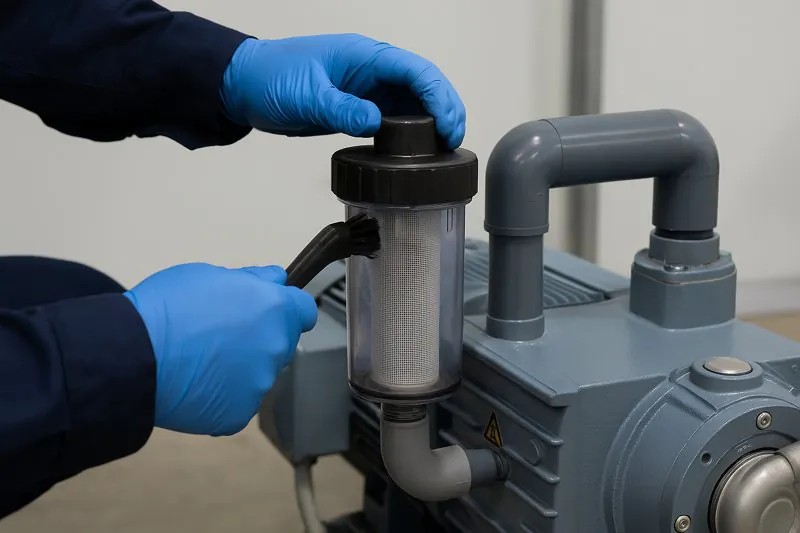
Dive Deeper into Weekly Maintenance
Weekly checks are straightforward yet crucial. Here’s my proven weekly maintenance approach:
Weekly Maintenance Checklist
| Task | Benefits | Procedure |
|---|---|---|
| Clean water filter3 | Ensures consistent water flow | Rinse filter thoroughly |
| Check water circulation | Prevents blockages | Inspect hoses and fittings |
| Verify sensor accuracy4 | Accurate temperature control | Use a calibrated thermometer |
Dirty water filter3s reduce cooling effectiveness. I recall a client whose cooler performance improved dramatically after addressing a neglected weekly filter cleaning. Regularly verifying sensors ensures accurate cooling, preventing product spoilage from improper temperatures.
How Can Monthly Maintenance Avoid Major Breakdowns?
Think monthly maintenance isn’t essential? Neglecting monthly tasks may result in major failures during critical times.
Monthly maintenance involves replacing vacuum pump oil, inspecting door locks, and checking electrical components, greatly reducing sudden equipment failures.
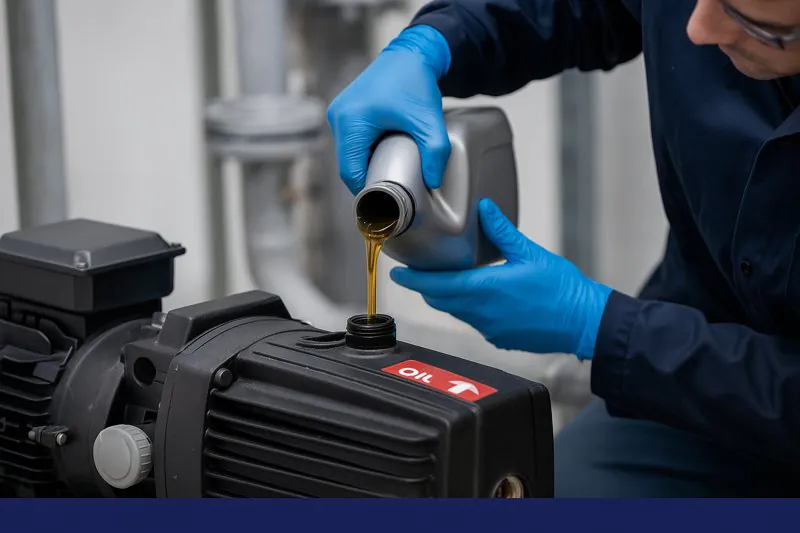
Dive Deeper into Monthly Maintenance
Here’s my recommended monthly checklist, critical for avoiding serious problems:
Monthly Maintenance Tasks
| Task | Importance | Recommended Action |
|---|---|---|
| Change vacuum pump oil5 | Keeps pump lubricated | Drain and replace with fresh oil |
| Inspect door locks6 | Maintains effective vacuum sealing | Adjust or replace as needed |
| Electrical checks | Prevents electrical failures | Inspect wiring and tighten connections |
Regularly replacing pump oil prevents premature wear. Once, during a monthly check, we discovered contamination in the oil, which could have damaged the pump if unnoticed. Regular inspection of door locks ensures optimal vacuum sealing, critical for efficient cooling.
Why Should You Conduct Quarterly Comprehensive Checks?
Do quarterly checks seem excessive? Neglecting them could shorten your equipment’s lifespan significantly.
Quarterly inspections thoroughly assess valves, wiring, and air filtration, maintaining equipment efficiency and reliability over the long term.
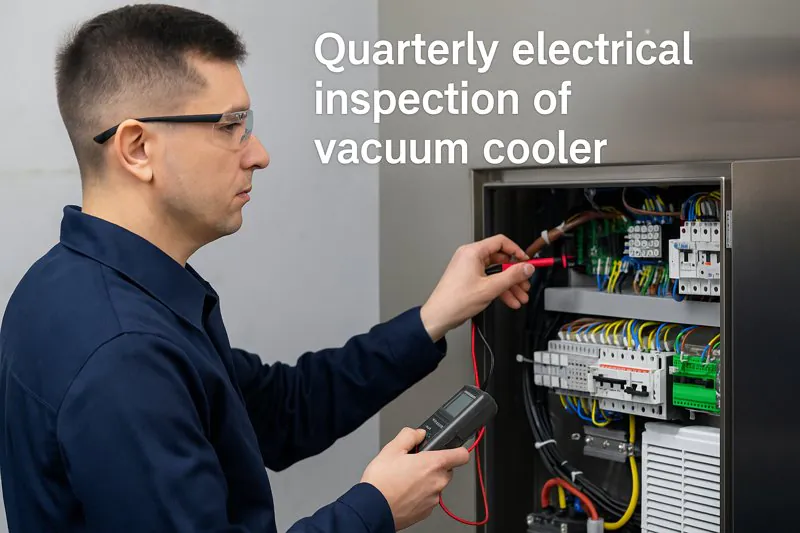
Dive Deeper into Quarterly Checks
I follow this detailed quarterly maintenance plan to maintain peak equipment performance:
Quarterly Maintenance Checklist
| Task | Purpose | Steps to Follow |
|---|---|---|
| Inspect valve sealing7 | Avoid leaks | Conduct leak tests; replace valves |
| Electrical system checks | Ensure reliability | Check for wear; fix immediately |
| Replace air filters8 | Maintain optimal airflow | Install new filters |
Valve leaks can severely impact vacuum performance. I once identified a minor valve leak during quarterly checks that explained a persistent cooling issue. Properly maintaining electrical systems prevents unexpected downtime, crucial during high-demand seasons. Keeping air filters8 clean ensures efficient cooling and extends equipment lifespan.
How to Quickly Troubleshoot Common Vacuum Cooler Issues?
Struggling with sudden issues and unsure how to fix them fast? Effective troubleshooting minimizes downtime significantly.
Quick troubleshooting involves systematically addressing vacuum leaks, cooling issues, and unusual noises, helping restore operations swiftly.
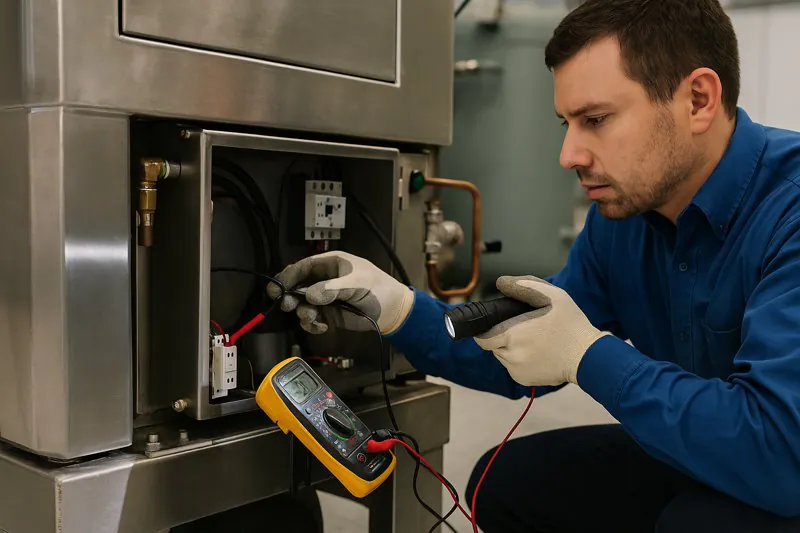
Dive Deeper into Troubleshooting Techniques
I use this simple troubleshooting framework:
Quick Troubleshooting Guide
| Problem | Possible Cause | Quick Fix |
|---|---|---|
| Vacuum level low | Damaged door seals | Inspect and replace seal |
| Poor cooling | Clogged filters/pipes | Clean filter and unblock pipes |
| Strange pump noises | Low lubrication | Inspect oil levels; replace oil |
Vacuum leaks often occur from worn door seals. Quick inspection and timely replacement solve most issues. Cooling problems typically stem from blocked water flow; clearing blockages restores efficiency. Pump noises often indicate lubrication issues; regular checks and timely oil changes prevent expensive repairs.
Conclusion
Regular maintenance and prompt troubleshooting protect your vacuum cooling equipment, ensuring reliable performance and extending its useful life significantly.
-
Understanding door seal inspection can enhance vacuum efficiency and prevent costly downtime. ↩ ↩
-
Learning to interpret pump sounds can lead to early fault detection, saving time and resources. ↩
-
Explore this link to learn essential maintenance tips that ensure your water filter operates efficiently and prolongs its lifespan. ↩ ↩
-
Discover methods to verify sensor accuracy, which is crucial for maintaining optimal temperature control and preventing spoilage. ↩
-
Understanding the significance of changing vacuum pump oil can help prevent costly repairs and extend the life of your equipment. ↩
-
Exploring the impact of door lock inspections on vacuum sealing can enhance your maintenance practices and efficiency. ↩
-
Explore this link to learn effective valve sealing techniques that prevent leaks and enhance system performance. ↩
-
Discover the importance of regular air filter replacement to maintain airflow and prolong equipment life. ↩ ↩

Mila
You May Also Like

Why Do Vacuum Cooler Energy Costs Vary So Much?
You’re calculating the return on investment for a new vacuum cooler, but there’s a huge unknown: the electricity bill. You
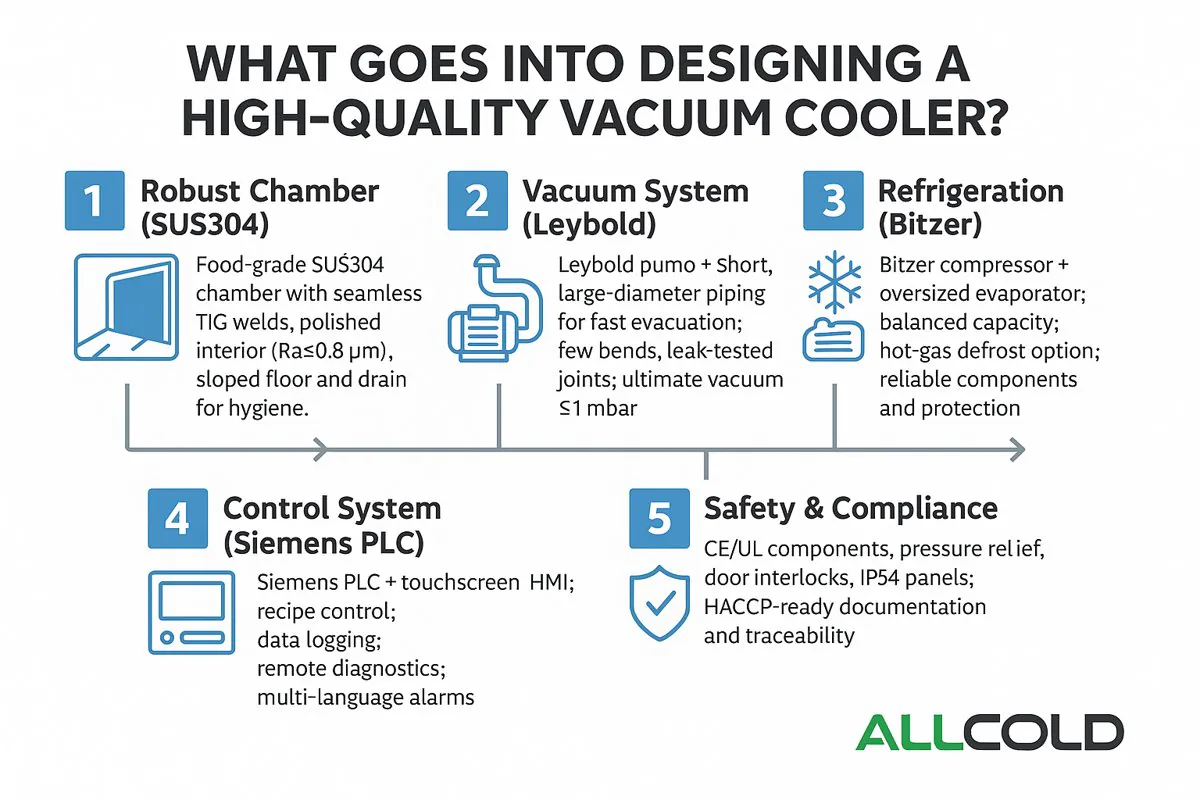
What Goes Into Designing a High-Quality Vacuum Cooler?
At first glance, a vacuum cooler seems simple: it is a steel box that makes vegetables cold. But this simplicity
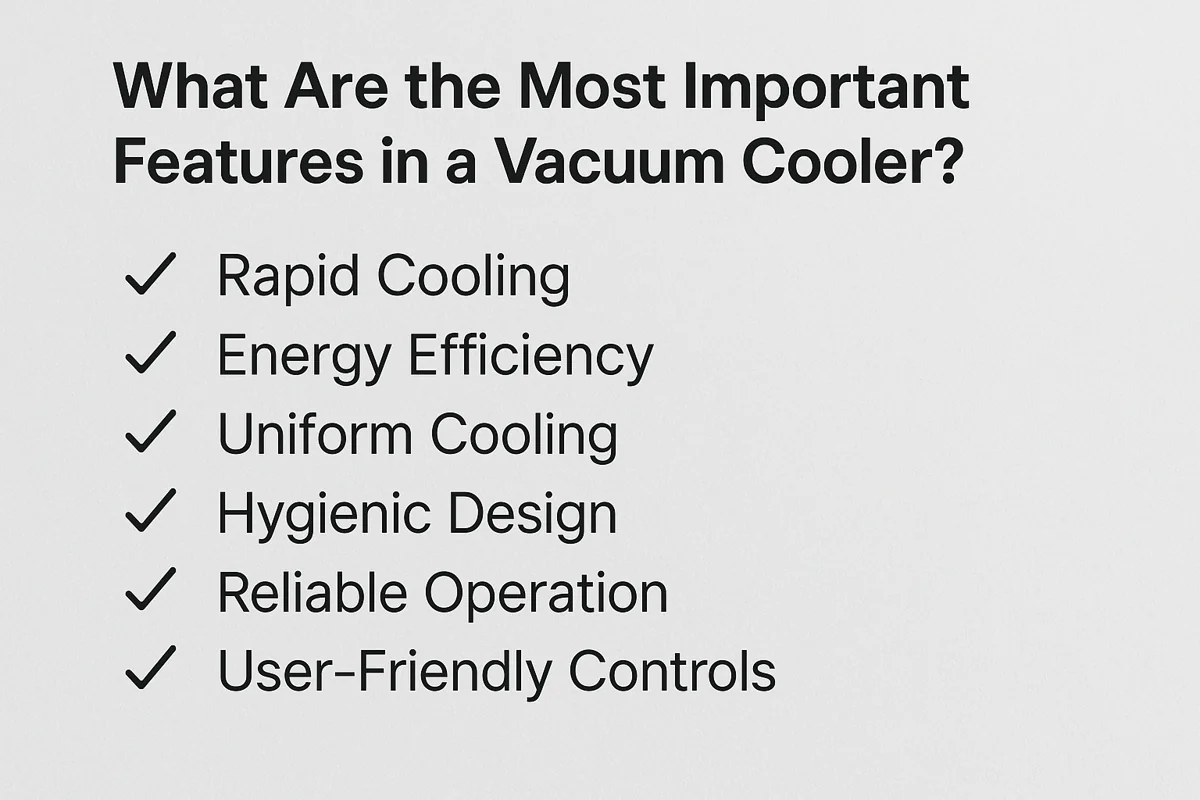
What Are the Most Important Features in a Vacuum Cooler?
You’re comparing quotes from different suppliers, and the specification sheets all start to look the same. They all list a
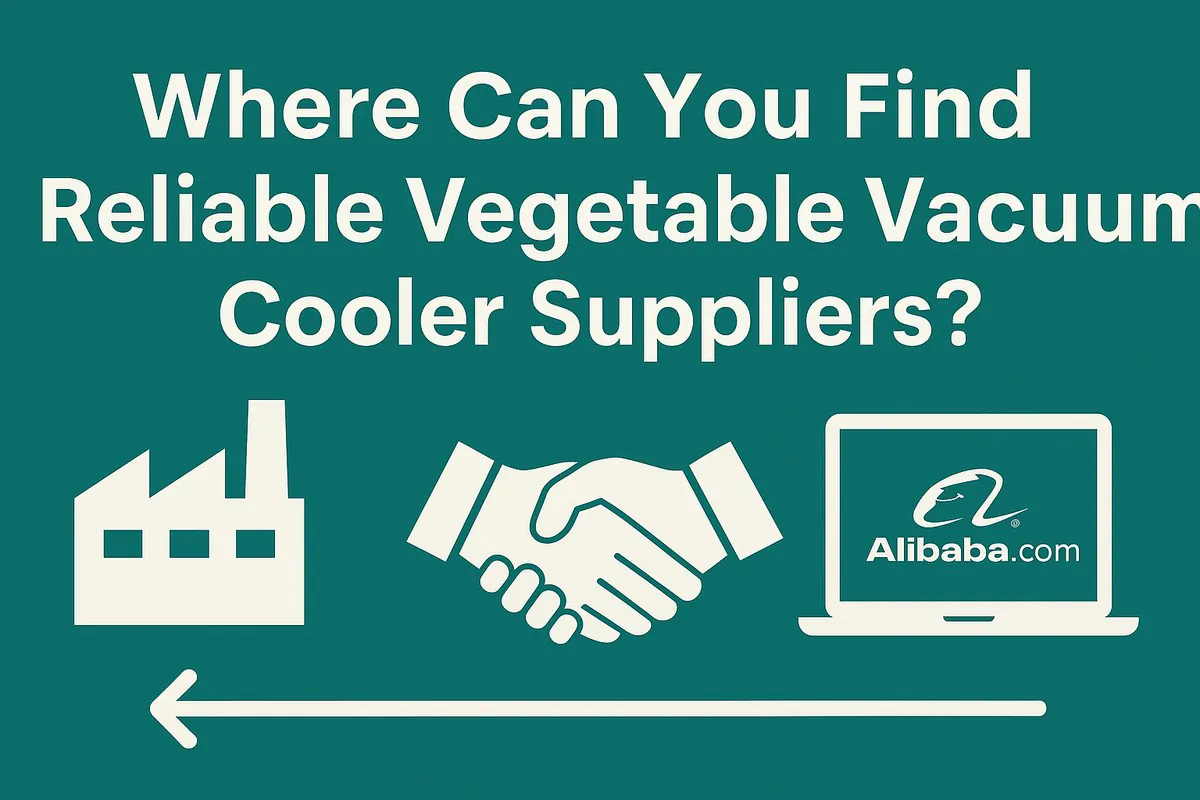
Where Can You Find Reliable Vegetable Vacuum Cooler Suppliers?
You’ve made the decision to invest in a vacuum cooler, but now you face an even bigger challenge: finding a
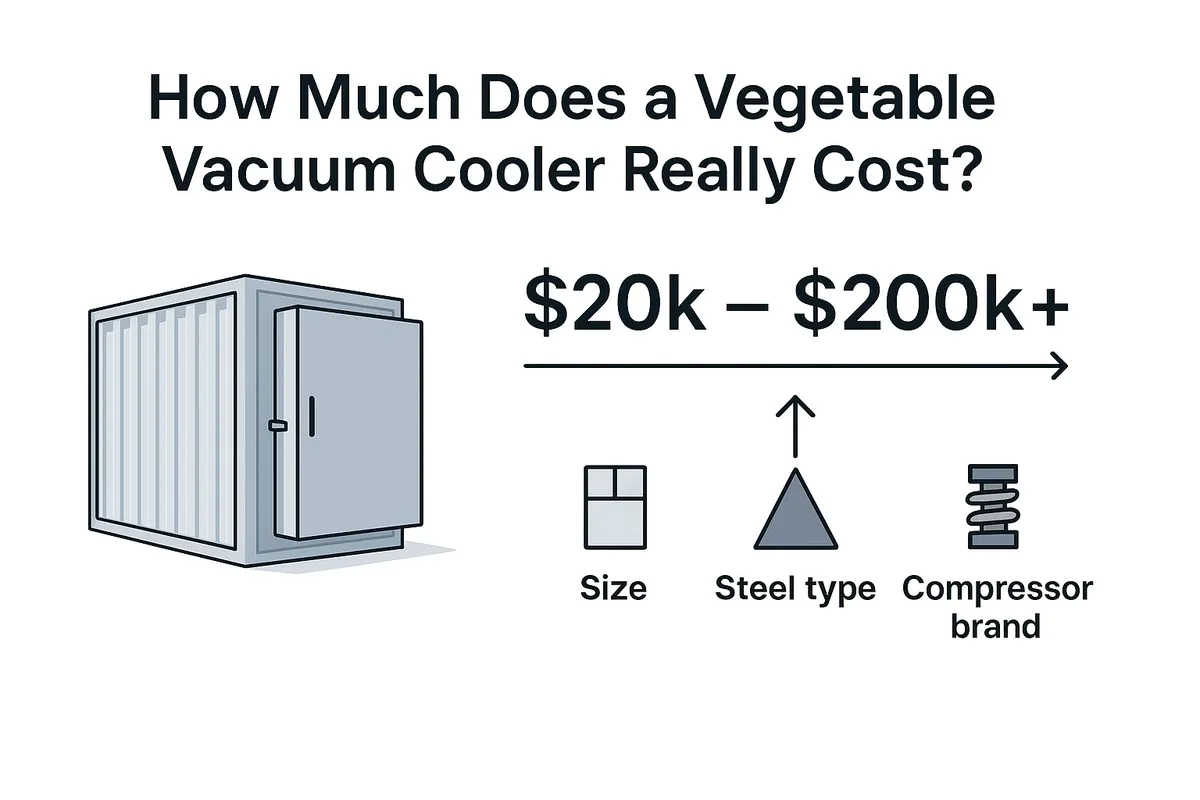
How Much Does a Vegetable Vacuum Cooler Really Cost?
You know you need a vacuum cooler to improve your product quality, but the price is a huge question mark.
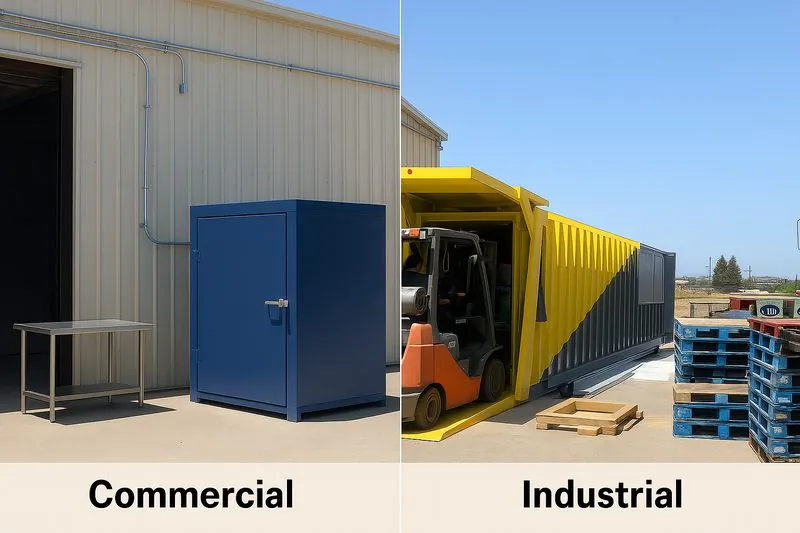
Industrial vs. Commercial Vacuum Coolers: Which Should You Choose?
Your business is growing, and you know that rapid post-harvest cooling is the key to quality and profit. But as
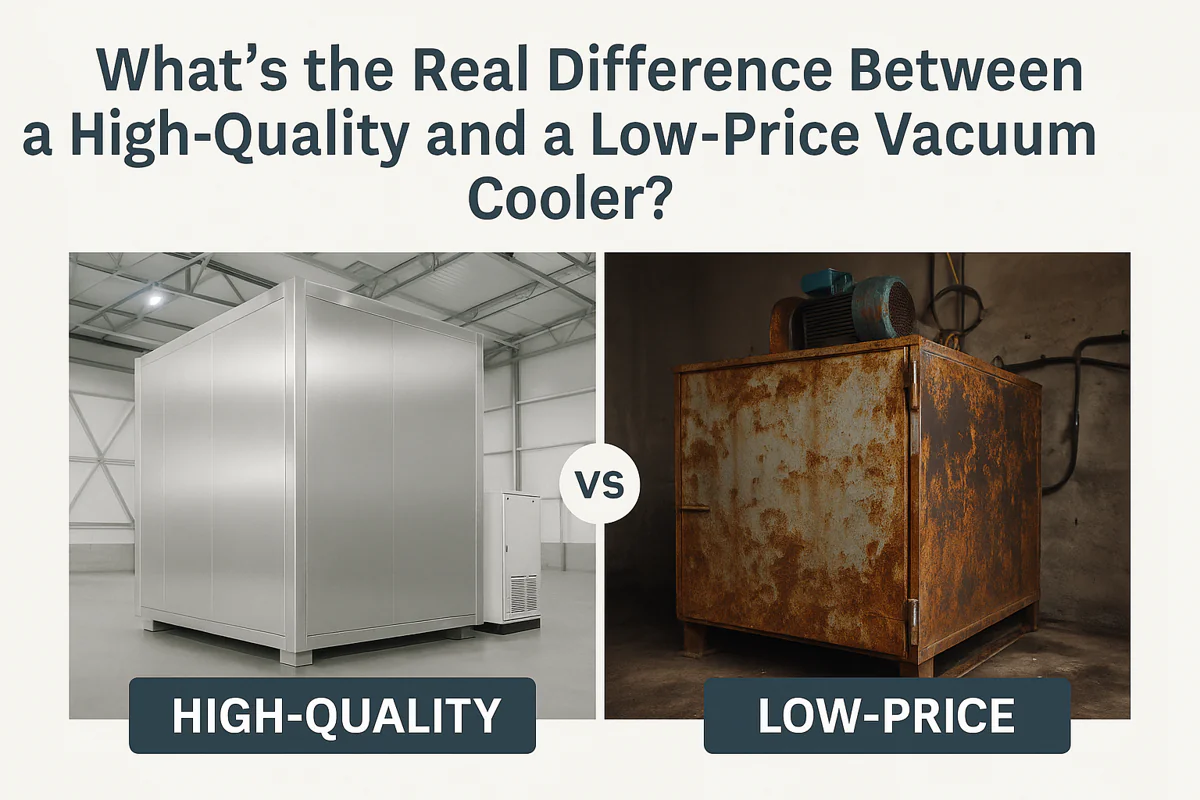
What's the Real Difference Between a High-Quality and a Low-Price Vacuum Cooler?
You are looking for a vacuum cooler, and you see a huge range of prices. One supplier quotes a price

How Do You Choose the Best Vegetable Vacuum Cooler in 2024?
Choosing a vacuum cooler is one of the biggest investments you’ll make in your farm or food business. The market

What Can You Learn from Farms That Mastered Vacuum Cooling?
You see the challenges in your own operation every day: the race against field heat, the constant worry about shelf
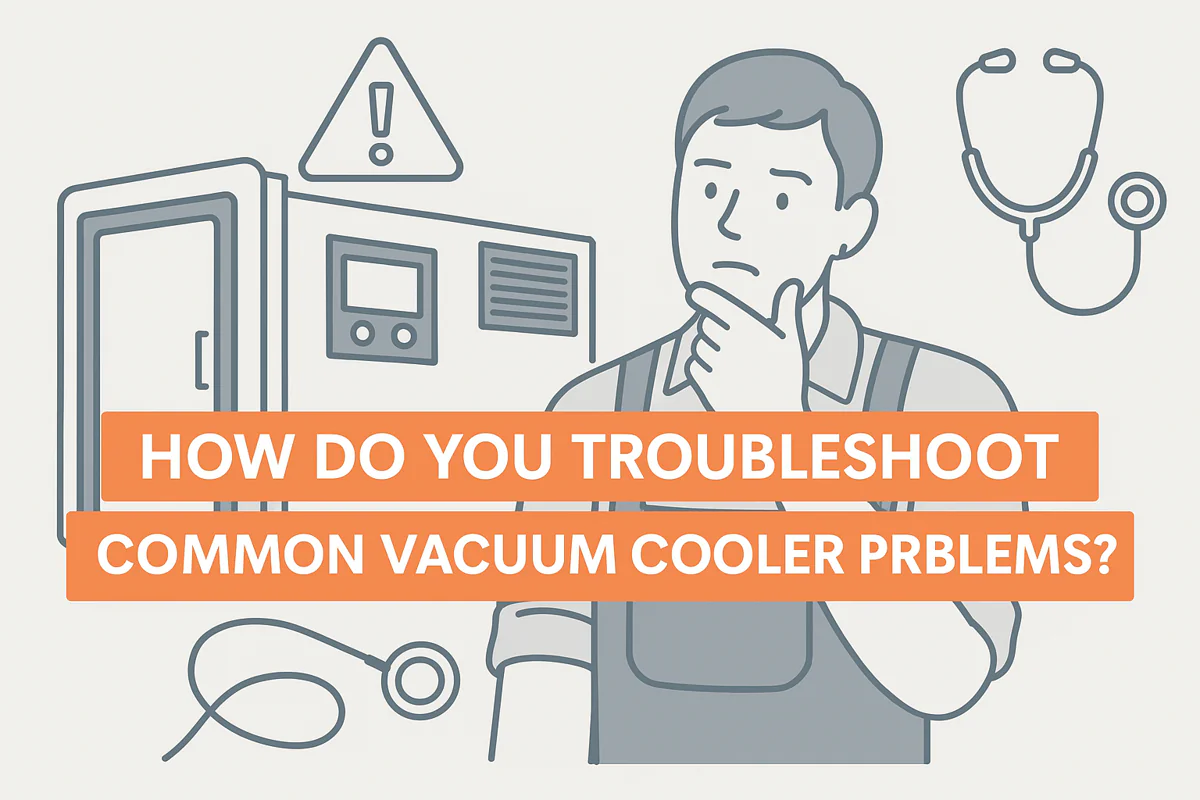
How Do You Troubleshoot Common Vacuum Cooler Problems?
Your harvest is ready, the pallets are stacking up, but your vacuum cooler suddenly stops. A red light is flashing,
